In a significant advancement for veterinary medicine in India, MaxPetZ has introduced 3D printing technologies for reconstructive surgeries. This new approach promises to revolutionize how veterinarians handle complex surgical procedures, offering precision and customization previously unavailable in standard veterinary practices.
MaxPetZ, born from the merger of Max Vets and Pet Zone, has been at the forefront of introducing advanced medical technologies in the veterinary sector. With a network of multi-specialty veterinary hospitals and clinics across India, MaxPetZ utilizes 3D printing to create detailed models and surgical guides. This aids veterinarians in planning and executing surgeries with higher accuracy, ultimately improving outcomes for animal patients.
3D printing in veterinary medicine enables the creation of detailed anatomical models and surgical guides tailored to individual patient anatomy. This technology has been pivotal in enhancing preoperative planning and intraoperative guidance, thus improving surgical outcomes and reducing operation times. Surgeons can now visualize complex structures and plan surgeries with higher accuracy, which is particularly beneficial in challenging cases such as cranial deformities and joint abnormalities.
The integration of 3D printing into veterinary practices aligns with global trends where medical professionals utilize this technology for personalized healthcare solutions. For instance, custom prosthetics and orthopedic implants designed through 3D printing have shown significant benefits, providing animals with improved mobility and a better quality of life post-surgery.
Despite its numerous advantages, the adoption of 3D printing technology faces challenges, including the high costs associated with the equipment and materials required. However, the long-term benefits—enhanced surgical precision, reduced anesthesia time, and better training opportunities for veterinary students—justify the initial investment.
This step by MaxPetZ reflects a growing trend in veterinary medicine to adopt innovative solutions that have already shown significant benefits in human healthcare. With these advancements, veterinary practices in India are set to meet international standards, offering high-quality care and new treatment possibilities for pets across the country.
As 3D printing technology continues to evolve, its applications in veterinary medicine are expected to expand, leading to more innovative treatment methods and potentially transforming the standard of care provided to animals.














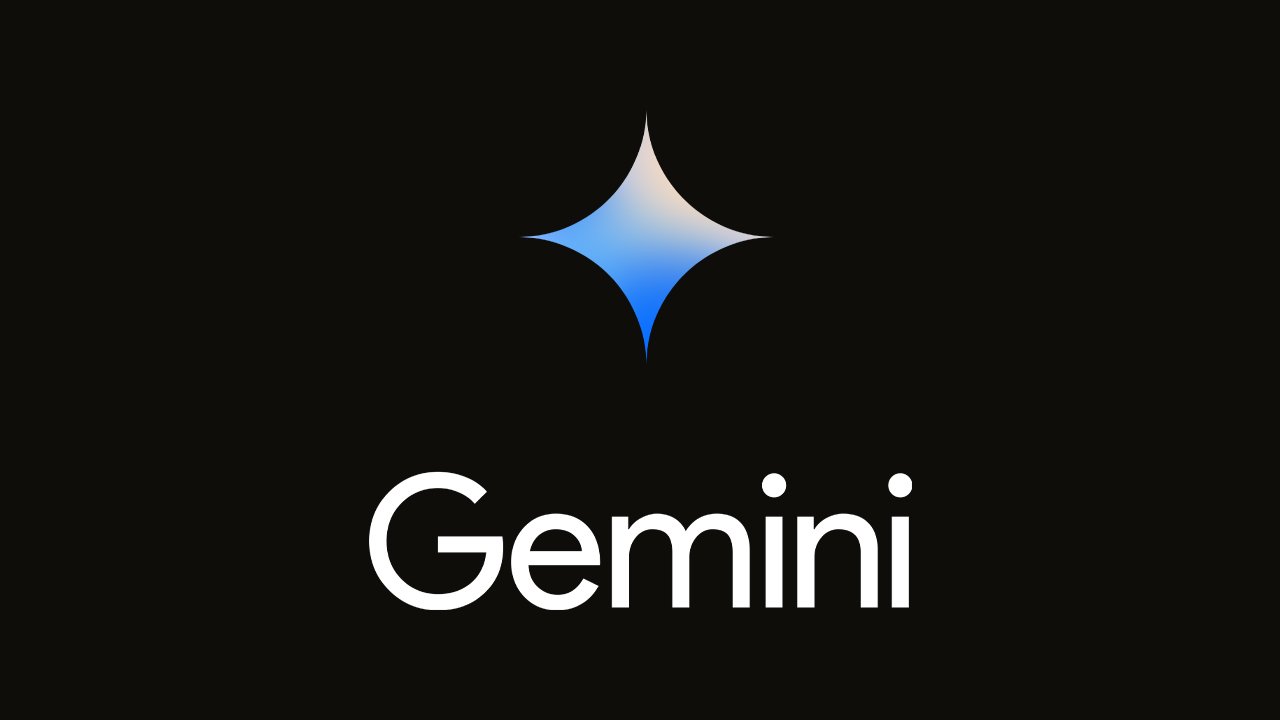
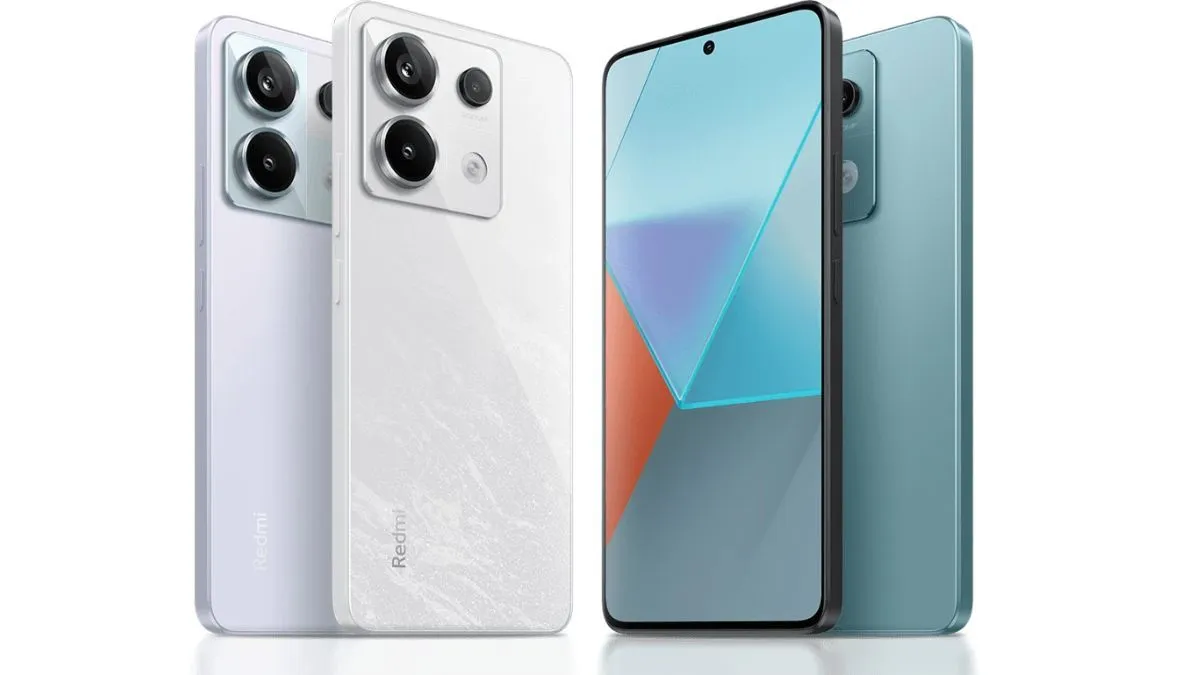


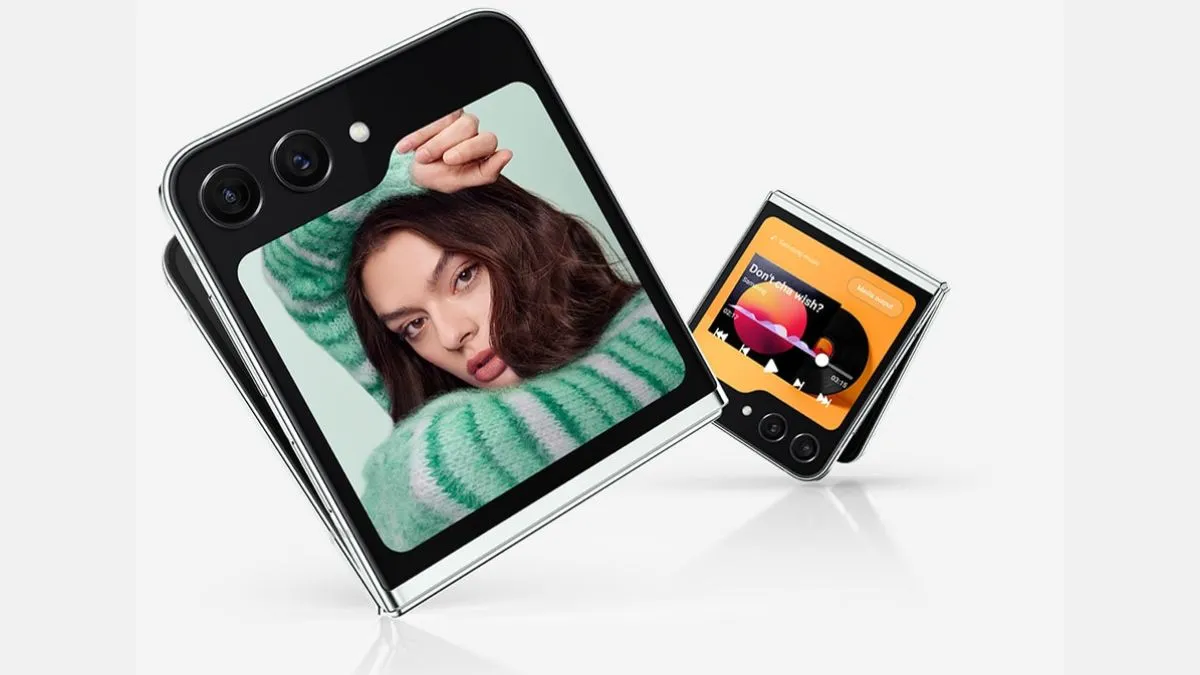

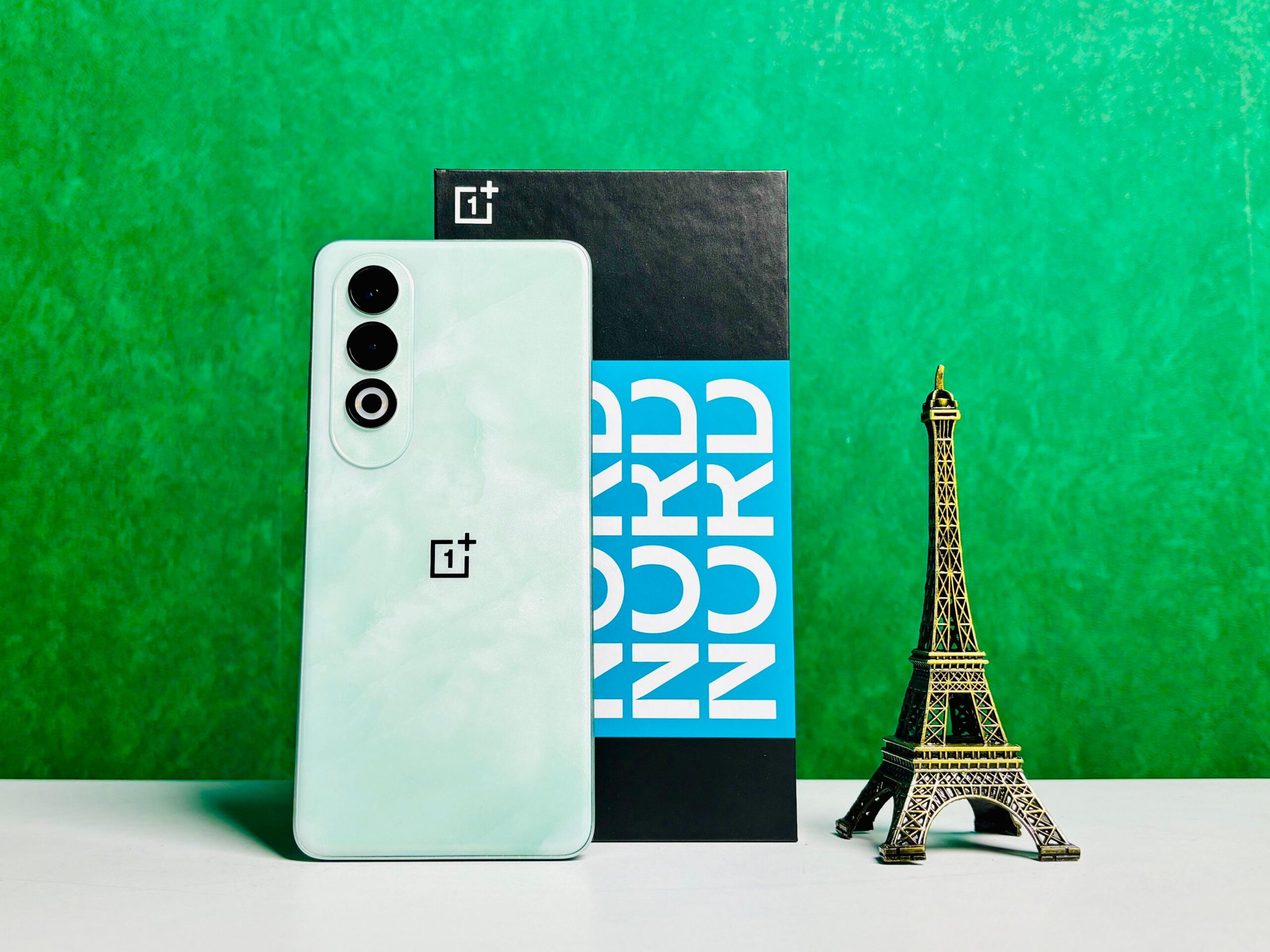

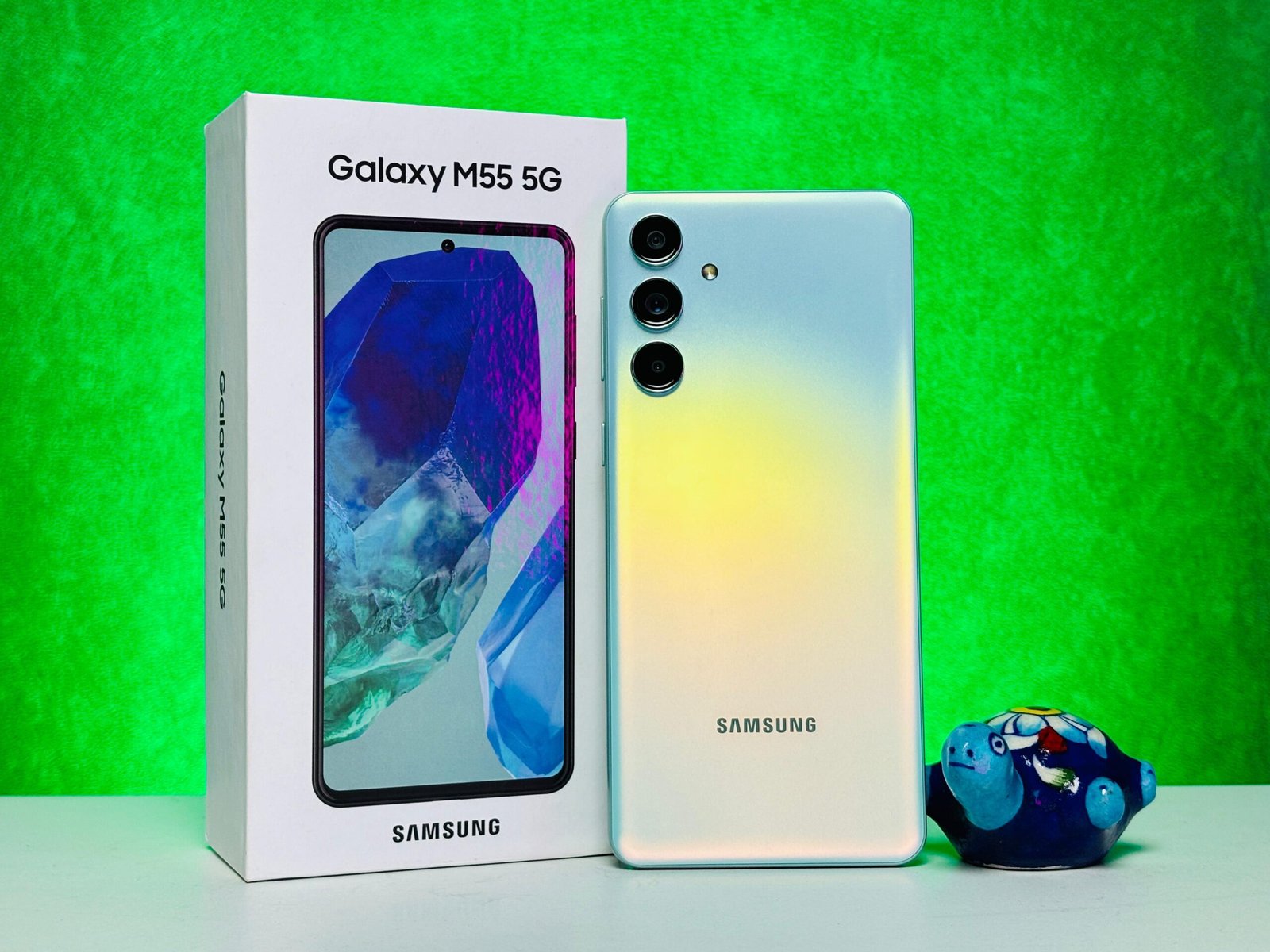

Add Comment